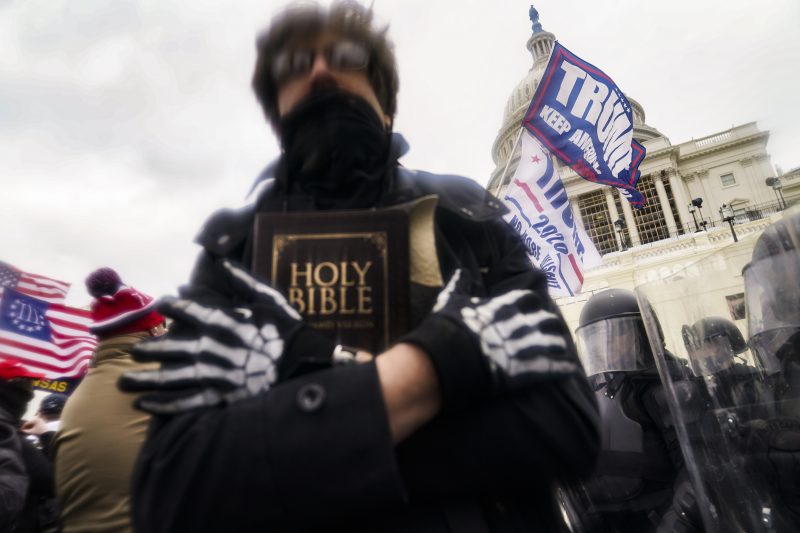In recent times, political speeches and messaging have caused significant concern, especially when it comes to the subtle use of coded language or dog whistles. These dog whistles, according to experts, are phrases or signals that may seem innocuous on the surface but carry underlying meanings that resonate with certain groups within society. This phenomenon has been particularly evident during the presidency of Donald Trump, where numerous instances of potentially divisive rhetoric have sparked debates and drawn attention to the power of language in shaping public opinion. Let’s delve deeper into some of the key examples that have been identified and analyzed by experts in the field.
One prevalent dog whistle identified by analysts is the use of terms such as law and order and protecting our streets by Trump. While on the surface, these phrases may seem like calls for upholding safety and security, they have also been interpreted as subtle appeals to fears of crime and disorder, playing into stereotypes and stoking racial tensions. By framing his message in this manner, Trump seemed to be tapping into deep-seated anxieties and capitalizing on the fears of certain segments of the population.
Another notable example of dog whistling was observed in Trump’s response to protests and demonstrations against racial injustice and police brutality. By characterizing protesters as thugs and anarchists while simultaneously aligning himself with law enforcement and the military, Trump appeared to be sending a coded message that resonated with his base. This tactic seemed to play on existing divisions and prejudices, portraying dissent as a threat to societal order and implicitly endorsing a heavy-handed approach to quell unrest.
Moreover, Trump’s rhetoric surrounding immigration and border security also contained elements of dog whistling, with references to illegal aliens and the wall evoking themes of us versus them and appealing to nativist sentiments. By framing the issue in language that demonized certain groups and emphasized the need for strict enforcement measures, Trump was able to galvanize support from his base while simultaneously alienating and othering marginalized communities.
In conclusion, the use of dog whistles in political discourse is a powerful tool that can have far-reaching implications for social cohesion and political polarization. The examples highlighted above illustrate how seemingly innocuous language can carry deeper connotations and reinforce existing biases and prejudices. By being aware of these tactics and engaging in critical analysis of messaging, individuals can better discern the true intentions behind political rhetoric and strive towards a more inclusive and respectful public dialogue.

